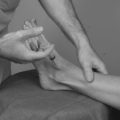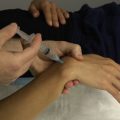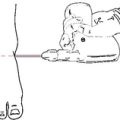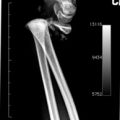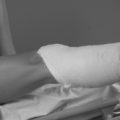Chapter 1 Basic Principles of Analgesia
Overview
Review of Local Anesthetics
1. The two most commonly used local anesthetics are lidocaine (Xylocaine) and bupivacaine (Marcaine, Sensorcaine) (Table 1-1).
Types of Local Orthopaedic Analgesia
Indications for Use
Precautions
1. Unintended intravascular injection of a local anesthetic has the potential to be life-threatening.
2. When injecting an anesthetic, repeated aspiration should be performed to ensure that the needle tip is not intravascular. Use of this technique does not completely exclude the possibility of intravascular injection.
4. Intraneural injection also should be avoided.
Table 1-2 Signs and Symptoms of Intoxication Due to Local Anesthetics
| Central Nervous System | Cardiovascular System | |
|---|---|---|
| Mild | Lightheadedness, tingling of lips, tinnitus, tongue paresthesias | Palpitations, tachycardia, hypertension, dry mouth |
| Moderate | Speech and visual disturbances, confusion, twitching | Arrhythmias, tachycardia, hypotension, cyanosis |
| Severe | Seizures, flaccidity, coma | Bradycardia and hypotension, ventricular fibrillation |
Pearls
1. Sometimes it is useful to spray ethyl chloride (Cryogesic), a topical anesthetic, on the skin overlying the injection site immediately before inserting the needle.
2. Palpation of landmarks before beginning the procedure is advisable. Do not hesitate to use a skin pen to mark landmarks or injection sites.


